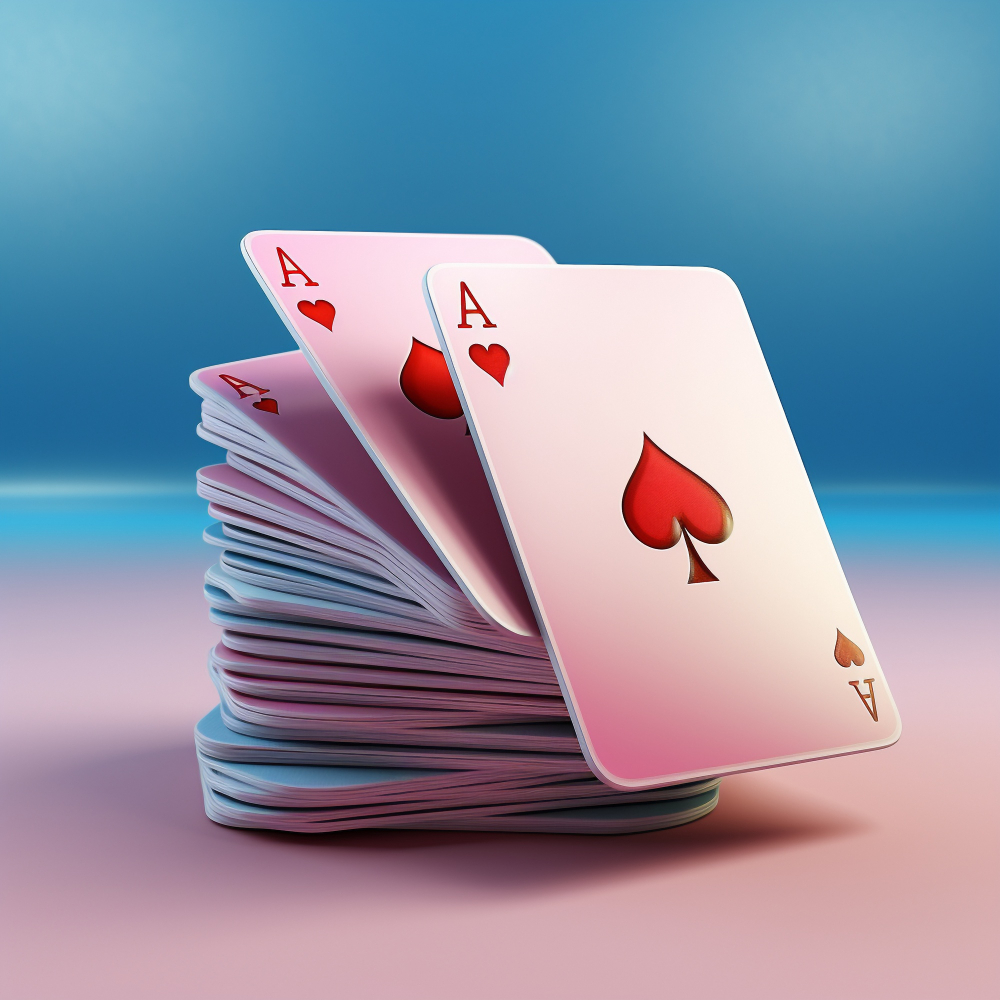Backgammon, with its rich history and strategic depth, continues to captivate players worldwide. This timeless board game blends luck with strategy, making every match unpredictable and thrilling. Whether you’re a beginner keen to learn or a seasoned player brushing up on rules, this simple guide will navigate you through the basics of how to play backgammon, ensuring your next game is both exciting and rewarding.
Understanding the Backgammon Board
The backgammon board consists of 24 narrow triangles called points, separated into four quadrants of six points each. These quadrants are known as the player’s home board and outer board, and the opponent’s home board and outer board. The points are numbered for each player with the point furthest from the player being number 24 to the closest point being number 1. The board also includes a bar in the middle which divides the two sides and serves as a place to put the checkers that have been hit by your opponent.
The Objective of Backgammon
The primary goal in backgammon is to move all your checkers into your home board and then bear them off (remove them from the board) before your opponent can do the same. The first player to bear off all their checkers wins the game.
Setting Up the Game
| Point Number | Number of Checkers |
|---|---|
| 24 Point | 2 Checkers |
| 13 Point | 5 Checkers |
| 8 Point | 3 Checkers |
| 6 Point | 5 Checkers |
How to Play
Players take turns rolling two dice and moving their checkers based on the numbers rolled. A checker can be moved to any point that is not occupied by two or more opposing checkers. The following summarizes key actions during a player’s turn:
- Rolling the Dice: The player rolls two dice and must, if possible, move their checkers according to the numbers shown.
- Hitting and Entering: Landing on a point occupied by a single opposing checker hits that checker and places it on the bar. That checker must re-enter the game on the opponent’s home board on the next turn.
- Bearing Off: Once all of a player’s checkers are in their home board, they can start bearing off according to the rolls of the dice.
Doubling Cube
Backgammon incorporates an optional doubling cube, which allows players to raise the stakes of the game. The cube is marked with the numbers 2, 4, 8, 16, 32, and 64. Before rolling the dice on their turn, a player can propose to double the stakes of the game. The opponent must either accept the double, taking control of the cube, or forfeit the game at the current stake.
Strategies and Tips
To enhance your backgammon game, consider these strategies:
- Control the center: Occupying the central points gives you more flexibility in your moves.
- Build primes: A prime is a consecutive sequence of occupied points. Creating a six-point prime can completely block your opponent’s checkers.
- Hit wisely: Hitting your opponent’s blots (solo checkers) can set them back, but ensure it doesn’t expose your checkers to unnecessary risks.
With practice and strategic play, backgammon becomes an increasingly rewarding game, offering endless enjoyment and intellectual stimulation. Embrace the complexity and prepare to enjoy one of the world’s oldest and most beloved board games. Happy playing!
